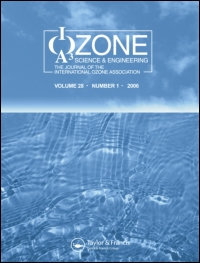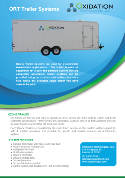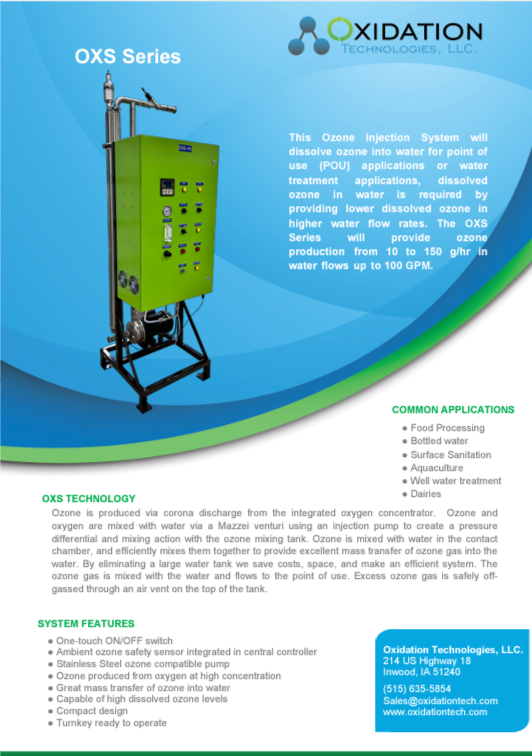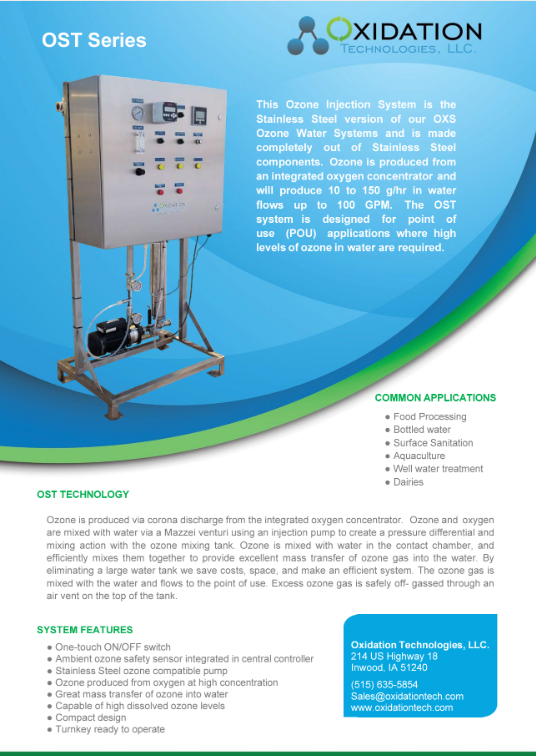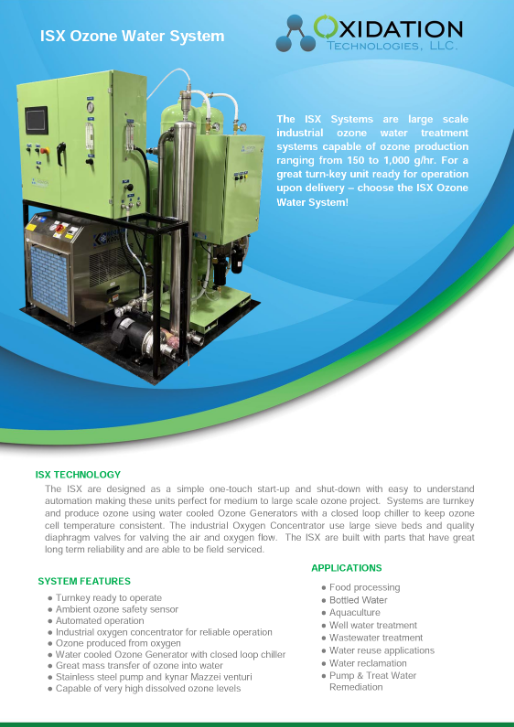Treatment of Groundwater Contaminated with 1,4-Dioxane, Tetrahydrofuran, and Chlorinated Volatile Organic Compounds Using Advanced Oxidation Processes
Courtesy of: Ozone: Science & Engineering The Journal of the International Ozone Association
Authors: Keisuke Ikehata, Ling Wang-Staley, Xiaoyan Qu & Yuan Li
Pages 413-424 | Received 28 Feb 2016, Accepted 02 Jun 2016, Accepted author version posted online: 16 Jun 2016, Published online: 16 Jun 2016
ABSTRACT:
Ozonation and four types of advanced oxidation processes, including O3/H2O2, O3/UV, O3/H2O2/UV, and UV/H2O2, were evaluated for the treatment of contaminated groundwater at a Superfund site in Simpsonville, South Carolina using bench-scale, batch ozone and UV apparatuses. Although the contaminants of concern were 1,4-dioxane, 1,1-dichloroethene, and trichloroethene, several other chlorinated organics as well as tetrahydrofuran were found in the groundwater samples. The O3/H2O2 treatment with O3 and H2O2 doses of 6 and 1.5 mg/L, respectively, and the UV/H2O2 treatment with UV and H2O2 doses of 1,000 mJ/cm and 20 mg/L, respectively, were sufficient to degrade 200 µg/L of 1,4-dioxane, 110 µg/L of 1,1-dichloroethene, and 10 µg/L of trichloroethene below their performance standards of 10, 7, and 4 µg/L, respectively. Due to a high bromide concentration (0.35 mg/L) in the groundwater sample, bromate formation was found to be significant in ozone-based treatment, including O3/H2O2.
Link to Full Paper below:
https://www.tandfonline.com/doi/abs/10.1080/01919512.2016.1198686
Become a member of the IOA and receive the Ozone Science & Engineering Journal in the mail, and full online access:


